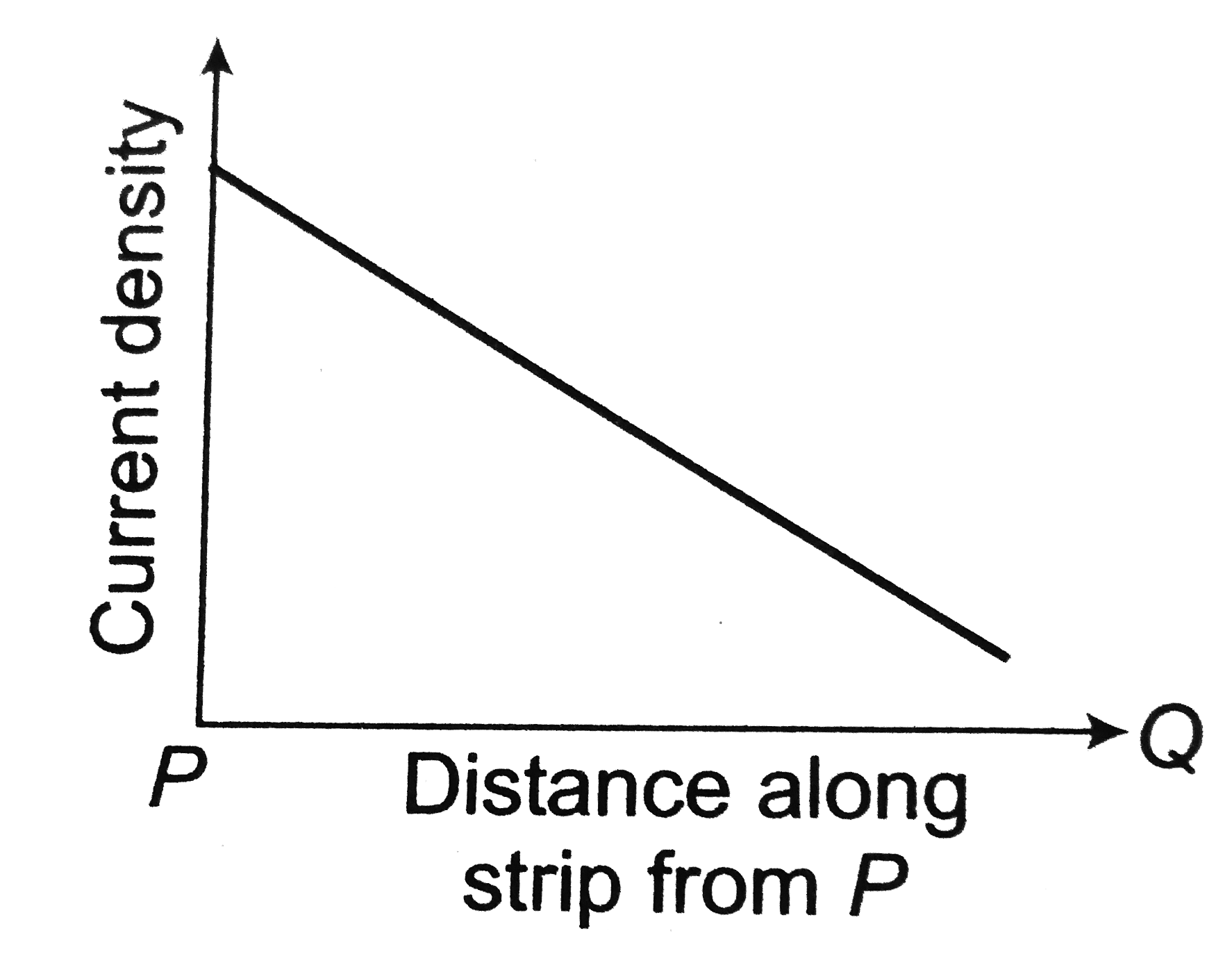Electric current flows
from lower to higher potential
from higher potential to lower potential
depends on the material
in all directions
To solve the question regarding the flow of electric current, we can break it down into clear steps:
1. Understanding Electric Current: Electric current is defined as the flow of electric charge. In most conductors, this charge is carried by electrons.
2. Identifying Potential Difference: In a circuit, a battery creates a potential difference between its terminals. The positive terminal is at a higher potential, while the negative terminal is at a lower potential.
3. Direction of Electron Flow: Electrons, being negatively charged, will move from the negative terminal (lower potential) to the positive terminal (higher potential) when a circuit is closed.
4. Direction of Conventional Current: By convention, electric current is considered to flow in the opposite direction to the flow of electrons. Therefore, while electrons move from low potential to high potential, the conventional current flows from high potential to low potential.
5. Conclusion: Thus, we can conclude that electric current flows from higher potential to lower potential.
Final Answer:
The electric current flows from higher potential to lower potential.
---
The electric current flows from higher potential to lower potential.
Topper's Solved these Questions
- CURRENT ELECTRICITYBOOK - CENGAGE PHYSICSCHAPTER - CURRENT ELECTRICITYEXERCISE - MANDATORY EXERCISE(EXERCISE SET IV)
3 Videos
- CURRENT ELECTRICITYBOOK - CENGAGE PHYSICSCHAPTER - CURRENT ELECTRICITYEXERCISE - MANDATORY EXERCISE(EXERCISE SET V)
1 Videos
- CURRENT ELECTRICITYBOOK - CENGAGE PHYSICSCHAPTER - CURRENT ELECTRICITYEXERCISE - MANDATORY EXERCISE(EXERCISE SET II)
20 Videos
- ATOMIC AND NUCLEAR PHYSICS BOOK - CENGAGE PHYSICSCHAPTER - ATOMIC AND NUCLEAR PHYSICS EXERCISE - OLYMPIAD AND NTSE LEVEL EXERCISES
8 Videos
- ELECTROMAGNETIC INDUCTION BOOK - CENGAGE PHYSICSCHAPTER - ELECTROMAGNETIC INDUCTION EXERCISE - OLYMPIAD AND NTSE LEVEL EXERCISES
10 Videos
Similar Questions
We know that electric current flows through a conductor only when some electric field is applied across it. This electric field applied constant force on electrons. But the motion of electrons is not accelerated . Why ?
View SolutionStatement 1: Electric current (flow of electrons) creates heat in a resistor. Statement 2 : Heat in the resistor is created according to the law of energy conservation.
Explain Statement 1 with the help of Statement 2.
View Solution
Knowledge Check
An electric current flows along an insulated strip PQ of a metallic conductor. The current density in the strip varies as shown in the graph. Which one of the following statement could explain this variation?
 AThe strip is narrower at P than at QBThe strip in narrower at Q and at PCThe potential gradient along the strip is uniformDThe resistance per unit length of the strip is constant
AThe strip is narrower at P than at QBThe strip in narrower at Q and at PCThe potential gradient along the strip is uniformDThe resistance per unit length of the strip is constant
Statement 1: Electric current (flow of electrons) creates heat in a resistor. Statement 2 : Heat in the resistor is created according to the law of energy conservation.
Explain Statement 1 with the help of Statement 2.
View SolutionA constant electric current flows along a uniform wire with cross-sectional radius R and heat conductivity coefficient x. A unit volume of the wire generates a thermal power ω. Find the temperature distribution across the wire provided the steady-state temperature at the wire surface is equal to T0.
View SolutionThe path along which electric current flow is called
View SolutionDoes electric current flow in an open circuit?
View SolutionName the instrument used for measuring electric current flowing in an electric circuit.
View Solution(a) What is an electric current? What makes an electric current flow in a wire?
(b) Define the unit of electric current (or Define ampere).
View SolutionState the factors on which the strength of electric current flowing in a given conductor depends.
View Solution
